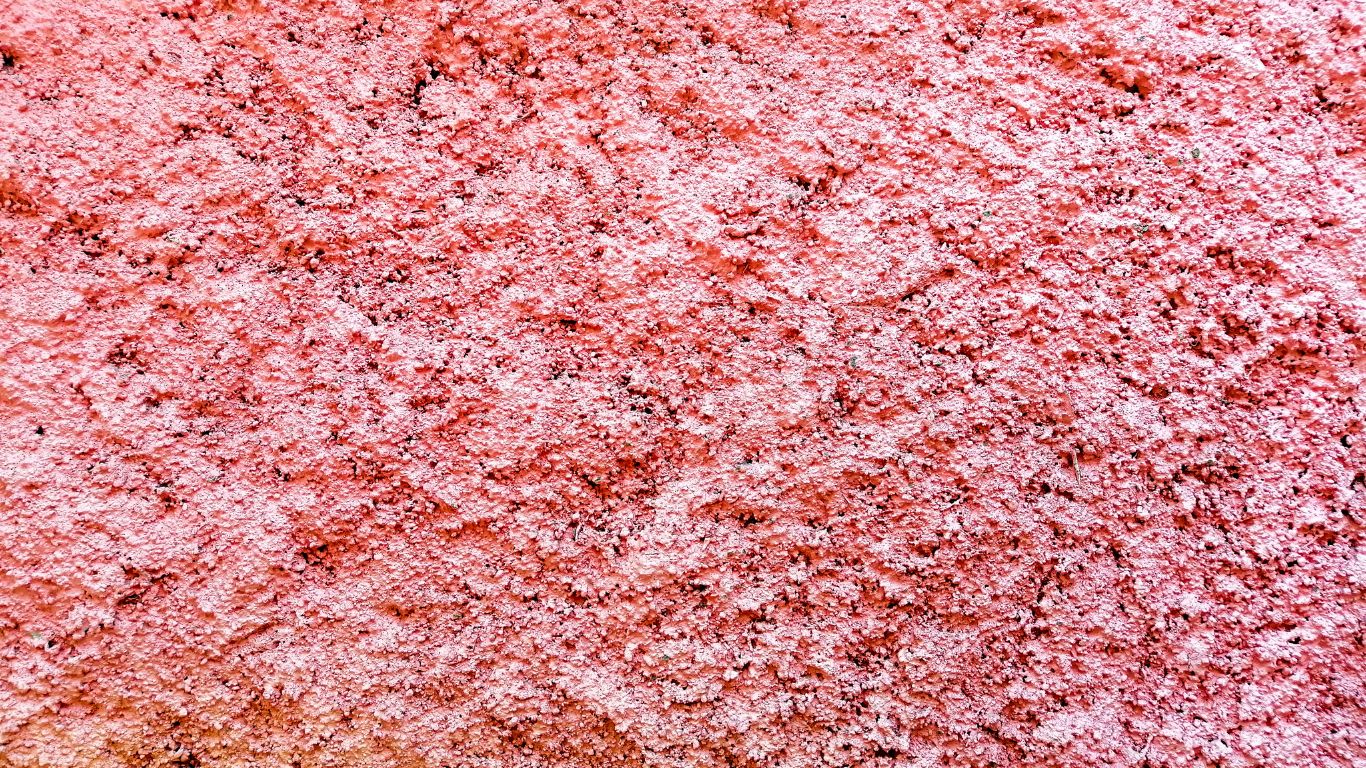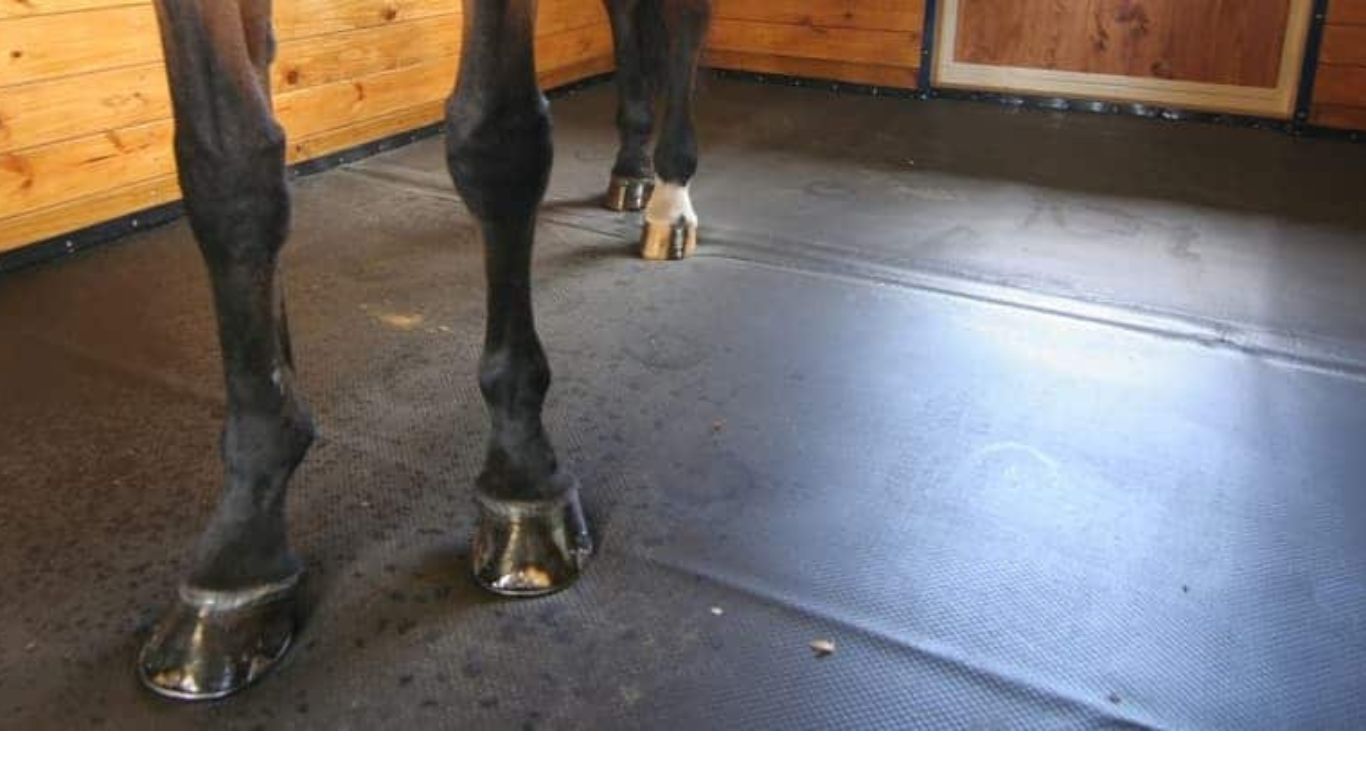10c to f Conversion Simplified with Steps and Examples

Temperature conversions play a vital role in everyday life, particularly when dealing with different measurement systems. The phrase “10c to f” refers to converting 10 degrees Celsius to Fahrenheit, a process essential in science, travel, and cooking. This article simplifies the conversion and provides easy-to-follow explanations for understanding temperature scales. By the end, readers will feel confident in making these conversions themselves.
10c to f: Understanding the Basics
Celsius and Fahrenheit are two widely used temperature scales, but they differ significantly. Celsius (°C) is used in most parts of the world, while Fahrenheit (°F) is primarily used in the United States. Knowing how to convert 10c to f is helpful when encountering recipes, weather forecasts, or scientific data from different regions.
The Formula for Converting Celsius to Fahrenheit
The formula to convert Celsius to Fahrenheit is straightforward:
°F = (°C × 9/5) + 32
For “10c to f,” substitute 10 for °C:
°F = (10 × 9/5) + 32
°F = 18 + 32
°F = 50
Thus, 10 degrees Celsius equals 50 degrees Fahrenheit.
Why Is Temperature Conversion Important?
Temperature affects daily decisions, from dressing for the weather to adjusting thermostats. Understanding how to convert 10c to f ensures accurate interpretation of temperature data, especially when traveling to countries using Fahrenheit. Moreover, scientific experiments often require precise temperature conversions to maintain consistency across systems.
Tips for Remembering the Conversion Formula
- Memorize the key numbers: 9/5 and 32.
- Practice converting small numbers like 10c to f repeatedly.
- Visualize temperature comparisons (e.g., 0°C = 32°F).
- Use mnemonic devices to associate Celsius with multiplying and Fahrenheit with adding.
Common Applications of the 10c to f Conversion
In Weather Reports
Weather forecasts often use either Celsius or Fahrenheit depending on the region. Knowing 10c to f conversion helps when interpreting international weather updates, especially for travelers.
In Cooking and Baking
Recipes from the United States often list oven temperatures in Fahrenheit, while others use Celsius. Converting 10c to f ensures proper cooking results.
In Science and Education
Understanding 10c to f conversion is crucial in classrooms and labs where both temperature scales are used to explain concepts.
Key Differences Between Celsius and Fahrenheit
Scale Origins
- Celsius is based on water’s freezing point (0°C) and boiling point (100°C).
- Fahrenheit sets water’s freezing point at 32°F and boiling point at 212°F.
Temperature Intervals
- A 1-degree change in Celsius equals a larger temperature change than in Fahrenheit due to the scale differences.
Practical Examples of Converting 10c to f
- Weather Forecast
Suppose a weather app displays 10°C as the current temperature. By converting 10c to f, it’s understood to be 50°F, which feels cool but not freezing. - Oven Preheating
A recipe calls for preheating an oven to 50°F. Using the reverse formula, it converts to approximately 10°C.
Using Tools for Quick Conversion
While manual calculations are reliable, tools like online calculators or smartphone apps make the 10c to f conversion faster. Simply input the value, and the result appears instantly.
Quick Reference for Other Celsius to Fahrenheit Conversions
| Celsius (°C) | Fahrenheit (°F) |
|---|---|
| 0 | 32 |
| 10 | 50 |
| 20 | 68 |
| 30 | 86 |
The History of Temperature Scales
Development of Celsius
Anders Celsius developed this scale in 1742, basing it on water’s properties. Initially, it ran inversely, but later adjustments made it more practical.
Development of Fahrenheit
Daniel Fahrenheit introduced his scale in 1724, using mercury thermometers. His benchmarks included human body temperature and water’s freezing and boiling points.
Challenges in Converting 10c to f
Calculation Errors
Errors often occur when dividing or multiplying inaccurately. Following each step in the formula carefully prevents mistakes.
Misunderstanding Temperature Scales
Mixing up the starting point for Celsius (0) and Fahrenheit (32) can confuse beginners.
Importance of Accurate Conversions
Accurate conversion of 10c to f ensures safety, especially in industries like healthcare, where precise temperature measurements affect patient outcomes.
Fun Facts About Temperature Scales
- Water freezes at 0°C and 32°F but boils at vastly different numbers: 100°C vs. 212°F.
- Absolute zero, the coldest theoretical temperature, is -273.15°C or -459.67°F.
Advanced Applications of Celsius to Fahrenheit Conversion
In Healthcare
Medical thermometers often display Celsius in some countries and Fahrenheit in others. Converting values helps medical professionals ensure accuracy.
In Engineering
Temperature plays a significant role in material expansion and contraction. The 10c to f conversion becomes relevant in international engineering projects.
Environmental and Climate Studies
Global temperature data often require conversions between Celsius and Fahrenheit for comparative studies.
Simplifying Reverse Conversions
To convert Fahrenheit back to Celsius, use the formula:
°C = (°F – 32) × 5/9
For example, converting 50°F to Celsius:
°C = (50 – 32) × 5/9
°C = 18 × 5/9
°C = 10
Thus, 50°F equals 10°C.
When to Use Approximation Methods
For quick estimations, round off the formula. Multiply Celsius by 2 and add 30 to get a rough Fahrenheit value. For 10c to f:
°F ≈ (10 × 2) + 30 = 50°F
Educational Tips for Teaching the 10c to f Conversion
- Use Visual Aids: Diagrams showing overlapping scales help students.
- Interactive Tools: Encourage using calculators or apps for practice.
- Relatable Examples: Connect conversions to everyday activities like weather checks.
FAQs
What is the formula for converting 10c to f?
The formula is (°C × 9/5) + 32. For 10°C, the result is 50°F.
Why are different temperature scales used worldwide?
Celsius is metric and globally adopted, while Fahrenheit remains standard in the U.S. for historical reasons.
What is 10c to f in weather terms?
It translates to 50°F, which feels cool but not freezing, making it a typical spring day in some regions.
Can conversion tools replace manual calculations?
Tools are convenient but knowing the manual method ensures accuracy and better understanding.
How does Fahrenheit measure body temperature?
Normal body temperature is around 98.6°F, which is approximately 37°C.
Why does water boil at 100°C but 212°F?
The scales use different intervals and baselines, leading to varied boiling points.










